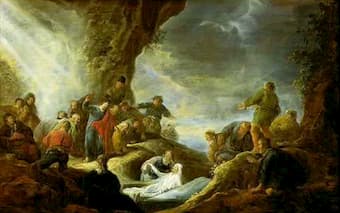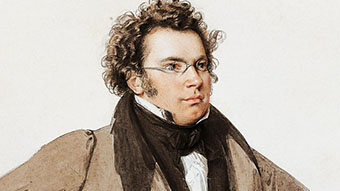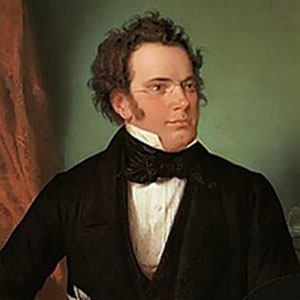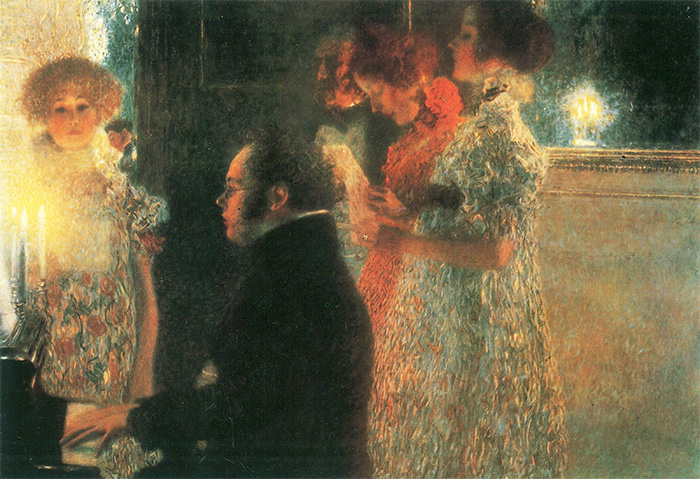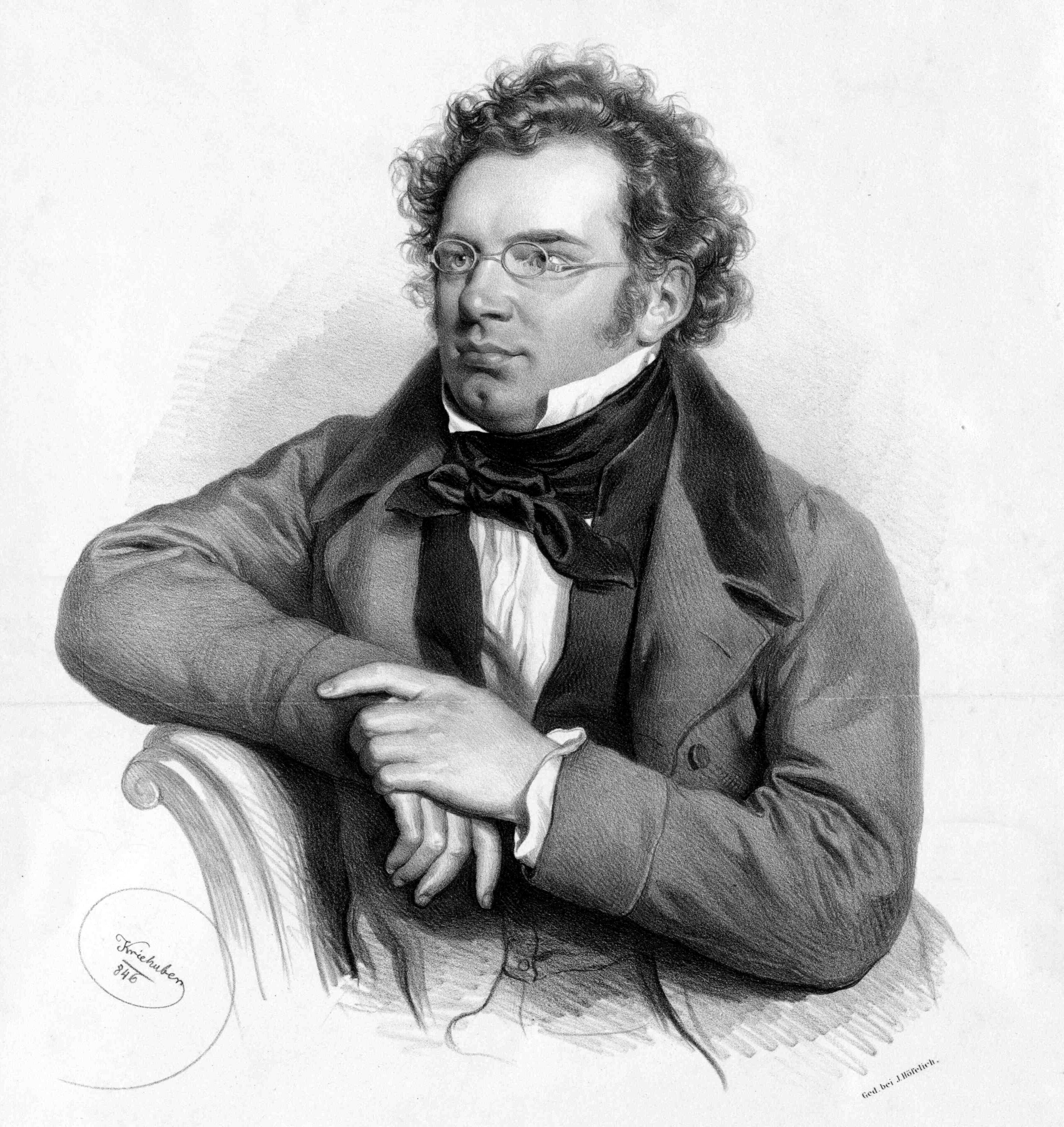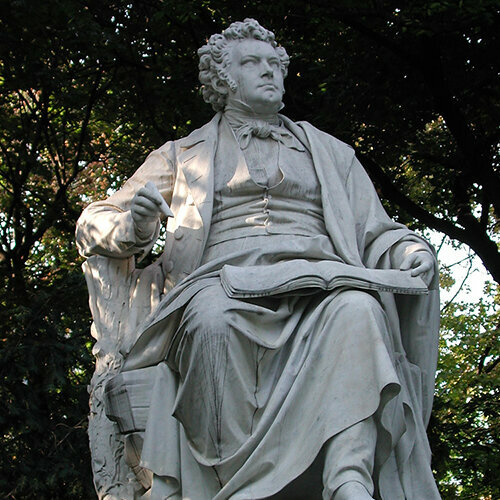Between 1819 and 1820, Franz Schubert set to work on a large-scale, three-act dramatic work for six vocal soloists, chorus, and orchestra. Setting a libretto written in 1778 by August Hermann Niemeyer—modeled after Pietro Metastasio—Lazarus was originally intended to encompass
Schubert
Schubert…..makes tears catch at the edge of my eyes; such fragile hope, such powerful emotions. Ian McMillan, poet (via Twitter) I was reminded of Ian McMillan’s quote while listening to the final lunchtime lockdown concert from London’s Wigmore Hall, a
We still don’t know exactly where the idiom “Swansong” actually originated, but presently we use it to mean a last effort or final production coming from someone in a respective field before retirement, or sometimes, death. It is probably most
Published in 1828, the year Schubert died, and written between 1823 and 1828, the six Moments Musicaux (literally “musical moments”) are amongst Schubert’s best-loved works for piano and are as accessible to the competent amateur pianist as they are to
Alfred Brendel describes Schubert as “a sleepwalker”, yet in his final three sonatas, we see Schubert’s innate sense of musical geometry and his bold treatment of traditional sonata form. These are tightly-organised woks with almost perfectly-balanced structures, perhaps most obviously
Ignored for years, their composer regarded as Beethoven‘s poor relation, Schubert‘s last three piano sonatas now enjoy a special place in the piano repertoire, ranking alongside Beethoven’s final three piano sonatas, and they hold a particular fascination for pianists, audiences,
The musical Fantasy (or Fantasia or Fantasie) has its roots in improvisation and rarely follows a strict musical structure (such as Sonata or Ternary form). In this respect the Fantasy is related to the Impromptu (a genre favoured by Schubert).
Franz Schubert composed his set of six German Dances in October 1824 for his piano student Countess Caroline Esterházy. Everybody knew that Schubert was deeply in love with his 18-year old student, and a number of compositions were the direct

